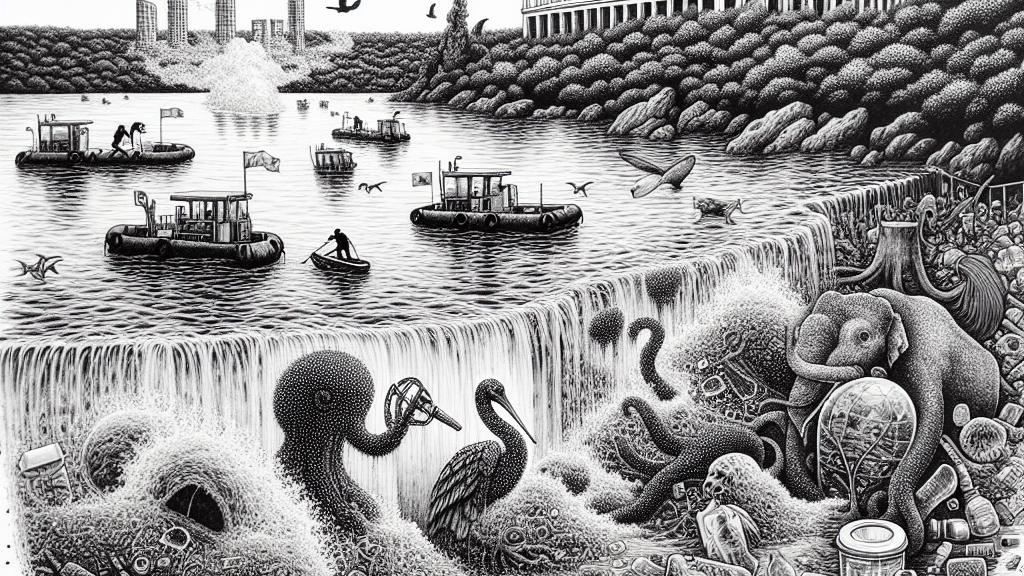Innovative Techniques for Microplastics Removal from Water
Overview
- Researchers at Brazil's University of São Paulo have developed a groundbreaking, low-cost purification method.
- This novel technique employs magnetic nanoparticles to efficiently capture and eliminate microplastics from water.
- Not only does this method purify water, but it also aims to recycle these harmful materials into usable products.

Microplastics: A Global Crisis in Our Waters
In Brazil, at the esteemed University of São Paulo (USP), scientists are confronting an environmental crisis that is sweeping the globe: the pervasive infiltration of microplastics into our water sources. These minuscule plastic particles, often smaller than the head of a pin, have become a troubling reality in our oceans, lakes, and rivers, essentially forming a new, hidden layer of pollution. Remarkably, research shows that microplastics are present even in remote areas, far from urban centers, affecting wildlife and potentially entering the human food chain. With their ability to disrupt ecosystems and harm biodiversity, the need for effective extraction methods to address this pollution is more urgent than ever.
Harnessing Magnetic Nanoparticles: A Game-Changer
USP's innovative approach involves the exciting use of magnetic nanoparticles, uniquely coated with polydopamine— a substance that imitates the sticky properties of natural materials like mussel adhesive. Picture these nanoparticles as tiny cleanup crews working tirelessly to scour the water for harmful plastics. When a magnetic field is applied, they can easily collect and extract microplastics, offering an elegant and efficient solution to water purification challenges. This technique has demonstrated impressive success rates, showing high efficiency in removing even the tiniest traces of plastic. Even more promising is the potential to convert the captured plastics back into valuable materials, contributing to a circular economy. For example, the process of breaking down polyethylene terephthalate (PET) into its fundamental components could pave the way for creating new plastic products, dramatically reducing waste.
Exploring the Expansive Potential of Nanotechnology
The advent of nanotechnology is revolutionizing the field of water purification, turning it into an exciting area of research with applications beyond imagination. Alongside USP's remarkable findings, the use of carbon nanotubes has gained significant traction for their extraordinary ability to filter out contaminants such as heavy metals while ensuring the clean flow of water. Additionally, novel gold nanoparticles are being developed to neutralize pharmaceutical residues in wastewater with alarming efficiency. As researchers unleash the potential of these nanomaterials, it becomes apparent that innovative approaches like these hold the key to overcoming the pressing challenges posed by micro and nanoplastics. By harnessing these technologies, we can envision a future where clean, safe drinking water is accessible to all, safeguarding ecosystems and human health alike.

Loading...